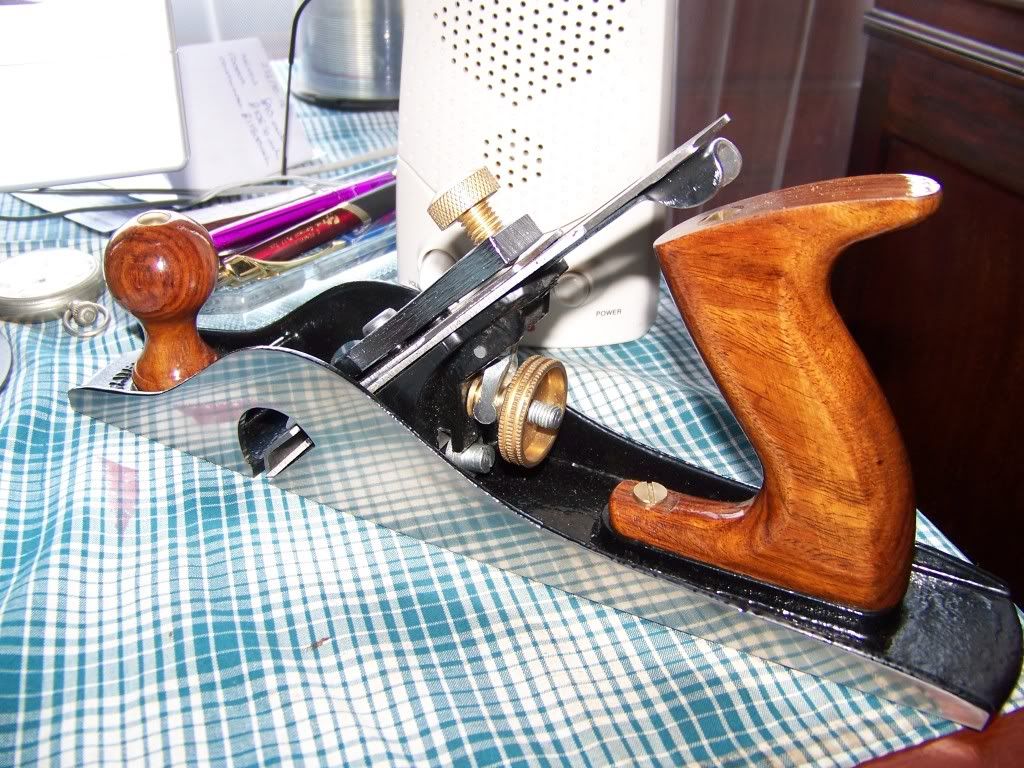Vann
Established Member
I'm intrigued that a number of people have found "Faithful" brand planes to be fettle-able, in this and other threads. Maybe Faithful are a little better than the rest.
Cheers, Vann.
Cheers, Vann.

Vann":2m9omwoa said:I'm intrigued that a number of people have found "Faithful" brand planes to be fettle-able, in this and other threads. Maybe Faithful are a little better than the rest.
Cheers, Vann.
You should complain about that...Reggie":24c7n1ok said:We seriously do not complain enough in this country...
Sheffield Tony":1gih87nd said:If you consider the cheapest of power tools - drills for £7.50 and other impossibly cheap offerings - these have a working lifespan counted in minutes.
G S Haydon":3le7t9g2 said:The faithfull site is not the place for pricing. Simply copy and paste the tool name into ebay and hey presto! #7 on order for £40.00 delivered. If it's junk I will send it back. I have some pictures on the #4 Faithful to upload later.



G S Haydon":xg1jwyo6 said:The frog adjustment is done in the same fashion as the Record from 1976>. The following description of the Record frog and the image are basically the same for the faithfull
"Frog Pattern #4
The fourth pattern, a modification to the frog adjusting mechanism saw a milled slot introduced to the rear underside of the frog casting to accommodate the redesigned frog adjusting screw, from August 1976. This replaced the previously used captive head adjusting screw and fork. This pattern of frog had the solid disc pattern #5 lateral lever to 1st October 1988 and then the Lateral lever #6 pressed steel type onwards."

Jacob":1x0vwnht said:I don't know if the cheap ones are cast iron or not but the expensive ones are all made of "ductile (cast?) steel" it seems.
This is promoted as an advantage but it isn't, it's just cheaper and more profitable for them.
It's very inferior to the cast iron on my old Records, Stanleys etc and scratches very easily. Just noticed a big scratch on my Clifton where it caught a bit of grit. LV and QS were the same (I don't have them any more). This wouldn't happen with cast iron - all my old planes have shiny soles more or less scratch free after many years of use.
So it might be worth the bother of flattening a cheapo, if it is cast. Unfortunately cast iron also means it's much harder to flatten!
No they won't. That's my point. I should know by now. They are without a doubt much harder and do not scratch in normal use even if they hit a nail. And in turn they are much harder to flatten. For whatever reason - I don't know much about steel, I'm just telling of my experience.Cheshirechappie":6kztt5kl said:.....
..... The soles of your old Record and Stanley planes wiill scratch if they catch the same grit that your Clifton did.
Enter your email address to join: